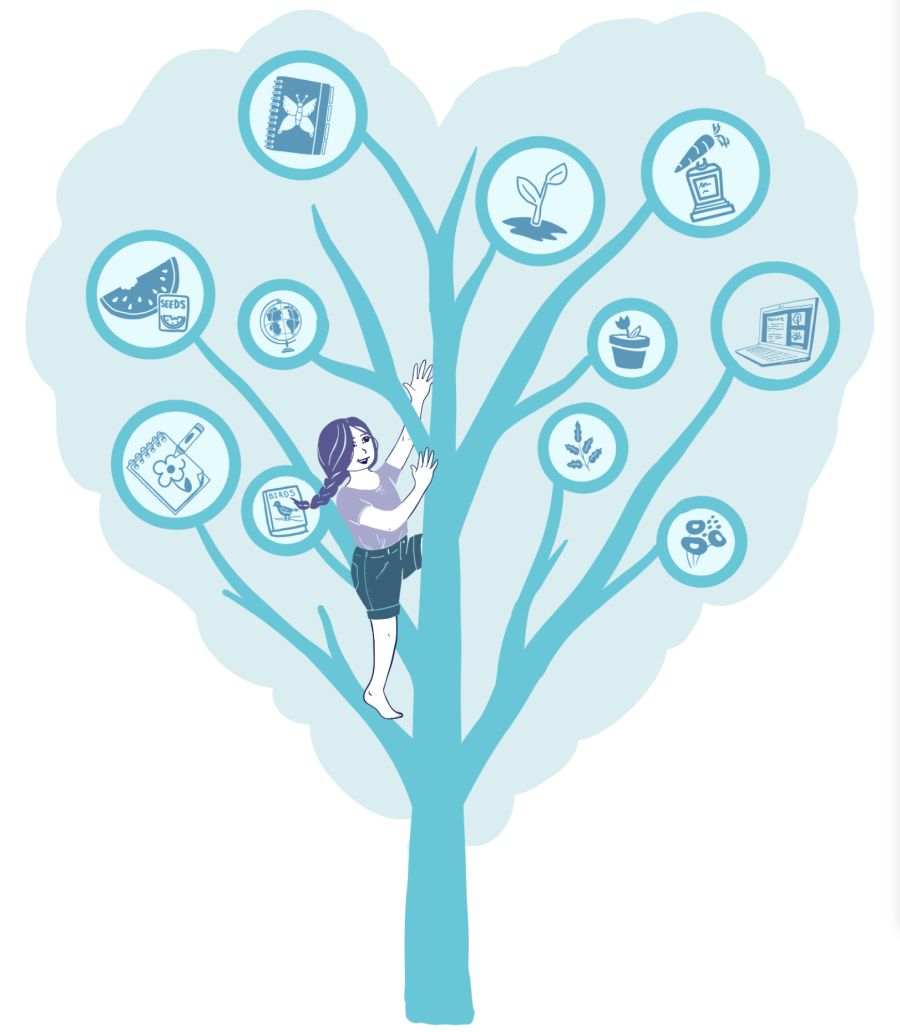
Coping Skill( CBT techniques and DBT techniques)
When it comes to coping skills, there are two popular techniques that are often taught. They are Cognitive Behavior Therapy (CBT) and Dialectical Behavior Therapy (DBT). Let’s find out what makes these two therapies so popular.
What is CBT and DBT? Cognitive behavioral therapy CBT is a form of psychological treatment that has been demonstrated to be effective for a range of problems including depression, anxiety disorders, substance use problems, relationship problems, eating disorders, and more. It is a psycho-social therapy that focuses on analyzing and reframing our thoughts and beliefs. It aims to find solutions through critical thought and cognition. DBT is a type of talking therapy based on CBT. But it's specially adapted for people who feel emotions very intensely. While CBT focuses on critical thinking and logic, DBT focuses on the emotions and how they manifest in the body. Both of these have been shown to be particularly helpful in both clinical case studies and standard practice.
So which one is the right choice for you or your child? Here is a quick breakdown to help better decide between the two.
|
CBT |
DBT |
|
|
KEY ASPECTS |
Addresses negative thought patterns and aims to redirect them |
Addresses negative emotions through emotional regulation |
|
CORE PRINCIPLES |
Thoughts influence feelings and behaviors. Therefore changing our thoughts can help change our feelings and behaviors. |
Treatment relies on learning to balance acceptance and change. This idea comes from the practice of mindfulness. |
|
STRUCTURE |
Talk therapy that is typically structured with “homework assignments” or small achievable goals set and agreed upon by therapist and client. |
Involves a combination of traditional one on one talk therapy as well as group training sessions to practice and hone skills. |
|
TECHNIQUES |
Thought Challenges such as reframing/rewording common negative phrases. It also uses Behavioral Experiments such as journaling, exposure to triggers and diaphragmatic breathing. |
Distress Management such as self soothing with sounds, fidgets or other physical sensations. It also uses Interpersonal Strategies such as emotional regulation, group activities and tolerance skills. |
|
BEST SUITED FOR |
Although commonly used for anxiety and depression, CBT can be an effective treatment option for numerous disorders, interpersonal relationships and mental illnesses. |
Although it was initially intended for BPD and other personality disorders it can be helpful for a variety of other conditions such as Autism, OCD and ADHD. |
So there you have it. Both CBT and DBT can be used to treat and manage a wide variety of conditions. They can be used independently or in conjunction with one another. Therapy is a great way to help you and your child live a better life with less conflict and struggle. Remember that people participate in therapy in different ways. Some only go as needed, others work through programs designed for a specific issue or goal, and others attend consistently throughout their life. So do what feels right to you, after all there is no right or wrong way to go about it. We do not offer these therapies at ALS, but we want to provide our families with a variety of options and resources for their child.
Annalyse Tanzos
Related Articles That Might
Interest You

Neurodivergent Special Interest

Directions and the Neurodivergent Brain
